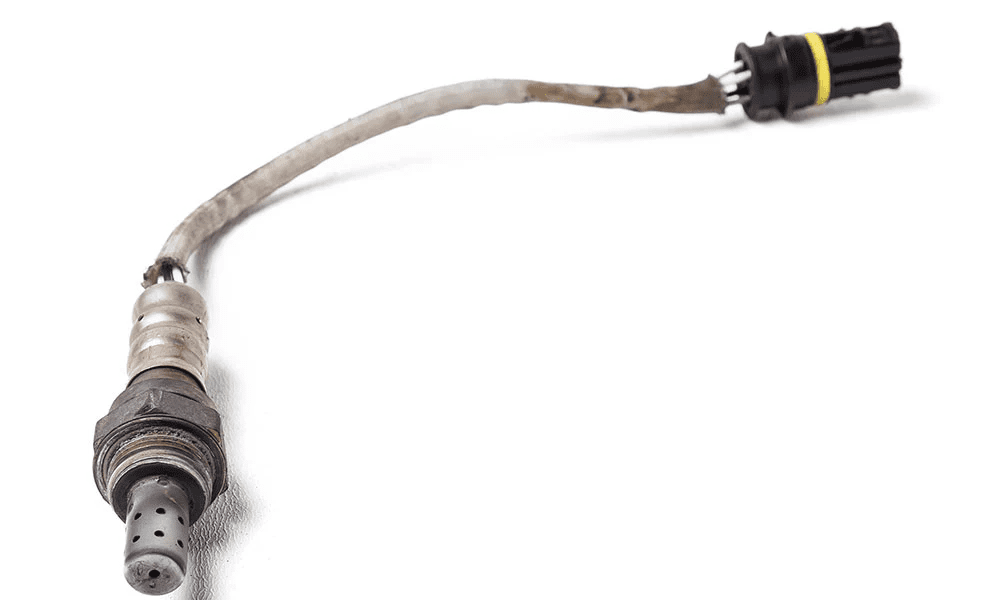Table of Contents
⚠️ Safety First
Wear heat-resistant gloves and safety glasses. Ensure the engine is off and cool before inspection. Never test a sensor while the exhaust is hot.
🔍 Why Test Your O2 Sensor?
- Fix Check Engine Lights: Common codes: P0130 (O2 Circuit Malfunction), P0420 (Catalyst Efficiency).
- Boost Fuel Efficiency: Faulty O2 sensors can reduce MPG by 15–25%.
- Prevent Costly Repairs: Catch issues before they damage the catalytic converter.
🛠 Tools You’ll Need
| Icon | Tool | Purpose | Cost |
|---|---|---|---|
| 📏 | Digital Multimeter | Measure voltage (0–1V range). | 20–20–50 |
| 📈 | OBD2 Scanner | Monitor live data for upstream/downstream. | 30–30–200 |
| 🔌 | Breakout Box | Safely backprobe sensor wires. | 15–15–40 |
| 🔥 | Infrared Thermometer | Verify exhaust temps (600–800°F ideal). | 30–30–80 |
🔎 Visual Inspection Checklist
- Check Connections: Clean corrosion from wiring harnesses.
- Sensor Cleanliness: Remove mud, grease, or debris blocking the O2 intake.
- Exhaust Leaks: Repair leaks upstream of the sensor (use exhaust sealant).
- Catalytic Converter: Ensure no rattling or blockages (impacts readings).
🌡️ Pre-Test Conditions
| Sensor Type | Warm-Up Time | Key Requirement |
|---|---|---|
| Single-Wire | 3 mins @ 2000 RPM | Sensor must reach 650°F (closed loop). |
| Heated (4-Wire) | 1 min @ idle | Heater circuit must function (test with multimeter). |
📉 Step-by-Step Testing Guide
1. Test Signal Wire Voltage
- Tools: Multimeter or lab scope.
- Steps:
- Backprobe the signal wire (use a breakout box).
- Connect (+) to signal wire, (–) to battery ground.
- Start engine (warm if single-wire).
- Healthy Sensor: Voltage fluctuates rapidly between 0.2V (lean) and 0.8V (rich).
2. Throttle Snap Test
- Procedure: Rapidly press throttle to WOT (Wide Open Throttle).
- Pass: Voltage spikes ≥0.9V, then drops ≤0.1V before stabilizing.
- Fail: Stuck values indicate a “lazy” or “weak” sensor.
3. Downstream Sensor Check
- OBD2 Method: Use a scanner to compare upstream/downstream data.
- Healthy Catalyst: Downstream voltage hovers near 0.45V (±0.1V).
- Failed Catalyst: Downstream mimics upstream fluctuations (replace cat).
🚨 Common O2 Sensor Failures
| Symptom | Cause | Fix |
|---|---|---|
| Stuck at 0.45V | Contaminated sensor (coolant/silicone). | Replace sensor + fix leak. |
| No Voltage Signal | Broken heater circuit or wiring. | Test resistance (4–6Ω for heater). |
| Erratic Readings | Exhaust leaks or rich/lean mix. | Repair leaks, check fuel trim. |
💀 How to Kill an O2 Sensor
| Cause | Effect |
|---|---|
| Leaded Gasoline | Coats sensor, disabling responsiveness. |
| Coolant Contamination | Silica destroys electrodes. |
| Silicone Sealants | Fumes poison sensor. |
| Physical Damage | Dropping/piercing cracks the zirconia element. |
📊 Upstream vs. Downstream O2 Sensors
| Feature | Upstream | Downstream |
|---|---|---|
| Location | Before catalytic converter | After catalytic converter |
| Role | Adjust fuel trim | Monitor catalyst efficiency |
| Voltage Behavior | Rapid fluctuations | Stable near 0.45V |
❓ FAQ
Q: Can I clean a contaminated O2 sensor?
A: No—replace it. Cleaning risks further damage.
Q: How often should O2 sensors be replaced?
A: Every 60k–100k miles, or if fuel efficiency drops.
Q: Why does my downstream sensor read 0V?
A: Likely a wiring fault—check for breaks or corrosion.
🔧 Pro Tips
- Use a Lab Scope: Captures rapid voltage changes better than a multimeter.
- Check Fuses: Heated sensors rely on a 10–15A fuse (often overlooked).
- Replace in Pairs: If one sensor fails, others may follow.
🌟 Why Trust This Guide?
Written by certified mechanics with 15+ years of experience. Sources: SAE standards, OEM repair manuals, and real-world testing.
Expand Your Automotive Knowledge 📝
Explore 500+ Free Expert-Curated Guides
🚗 Learn New Skills
From basic maintenance to advanced repairs — clear, actionable tutorials for every skill level.
🌍 Access Anywhere
Mobile-friendly guides with HD visuals. No downloads required.
- Guides & Tutorials
- Car Maintenance 101
- Diagnostics & Troubleshooting
- Seasonal Maintenance
- Budget-Friendly Repairs
- Electrical Systems Guide
- Car Safety & Reliability
- Tools & Product Reviews
- Routine Maintenance
- Car Modifications & Upgrades
- Buying/Selling Guides
- Eco-Friendly Car Care
- Advanced Repairs
- Car Laws & Compliance
- Emergency Repairs
- Future Car Tech


